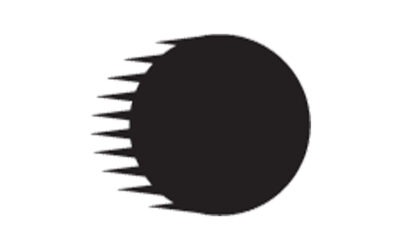“Osteo” relates to the bones.
“Arthro” refers specifically to the joint.
“Itis” means inflammation.
Put these three words together to make “Osteoarthritis” and you have the perfect name for a condition which results in inflammation of the bones within a joint. But there are some common inaccurate trends we see in patients who have been diagnosed with OA, and in this blog we’re going to try and dispel some of those myths.
Don’t take everything you hear so literally!
Often, a link is made between humans and how we move and machines and how they work. Particularly when we try to understand our body’s processes in more detail. However, sometimes this can be to our detriment, particularly with conditions like OA.
Many a time, we will hear that a patient has been to visit their GP or another medical professional and they’ve been told they have “wear and tear” within a joint and are diagnosed subsequently with OA. Not only is this grossly inaccurate but it can be detrimental to that individual’s perception of their condition.
“Wear and tear” occurs on machines, yes. Increased friction over time can cause parts in a machine to wear down and break. The difference between you and a machine however is that you have your own superpower: your body can heal!
Not all injuries and issues can resolve themselves without outside help over time. In fact, most benefit from specific targeted interventions and subsequently heal better than if you were just left up to your own devices. But the phrase “wear and tear” makes you think that the more you use it, the worse your OA will become, which is just not true…. On the contrary…
Exercise is good… Not bad!!
Exercise and physical activity is good for OA. The movement of the affected joint and the increased loading of that joint means that your body will begin to secrete more lubricating fluid, known as synovial fluid. This synovial fluid is found within the joint space, between your bones. Notoriously, the older we get, the less synovial fluid our body naturally produces, hence OA is more symptomatic in the older populations. However, the more you exercise a joint, the more synovial fluid your body will begin to produce within that joint, and therefore friction within the joint will reduce!
The trick is, not to do too much too soon…
Manage your workload, don’t avoid it!
If you acknowledge that your pain is brought on by either inflammation within the joint because of the friction, or from muscle guarding surrounding the OA joint, then you can manage yourself through this period quite easily.
Reducing pain is a must in order to get you back to exercising regularly and in the short term, more exercise will feel as though the pain is only going to get worse. Therefore, it’s important that you work within your limits.
Secondly, managing impact through the joint is really important too. This doesn’t mean removing impact altogether but avoiding jumping and landing from a height or participating in repetitively high impact activity such as running, in the case of the lower limb. Replacing these types of exercises with static exercises, walking or cycling would help with managing the workload through that joint.
Resting altogether has scarcely led to improvement in symptoms over time; on the contrary, it can often lead to your OA symptoms worsening. In the short term, rest helps with your pain symptoms as you begin to avoid the things which hurt the most, but as previously mentioned the activities you avoid are often things which will help in the long term.
It is NOT a life sentence, ask for help!
OA is a condition that you won’t be able to remove altogether. But in cases of mild to moderate OA, if managed correctly, you will get to a point where pain doesn’t exist because of it. In cases of severe OA, the chances of making a return to full activity without external intervention are much slimmer, and sometimes your symptoms can get so out of control that the only thing left to do is consider the surgical routes. But given enough of a head start, and acting early, can be a worthwhile approach to dealing with your OA. Ask for help sooner rather than later! Our sports therapists at Kinetic will be able to help get you back to being symptom free!

